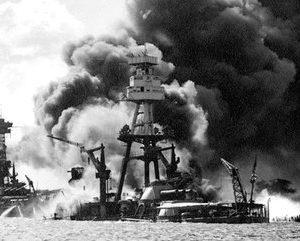In the onset the Germans felt in control of the situation. They deployed Stuka dive bombers – loud and frightening aircraft built to frighten. These things did not simply drop bombs; they screamed on the way down. The sirens were deemed to scare people and they did so. British ships, airfields, radar stations – they took a beating. People were scared. Britain seemed to be in genuine trouble.
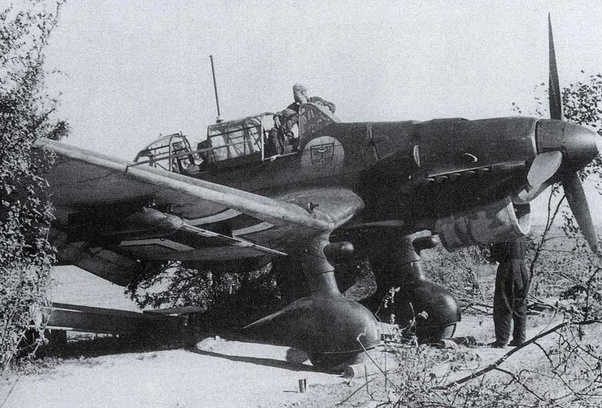
But fear doesn’t win battles.
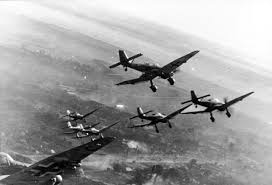
And then there came the British fighter planes – the Spitfire and the Hurricane. Fast, sharp, ready to fight. The Stuka? It was slow. Bad at turning. After dropping its bombs it was more or less a sitting duck. British pilots took them down one after the other.
The Germany lost many Stukas in a few days. Too many. It stopped being worth the risk. They picked them out of the battle.
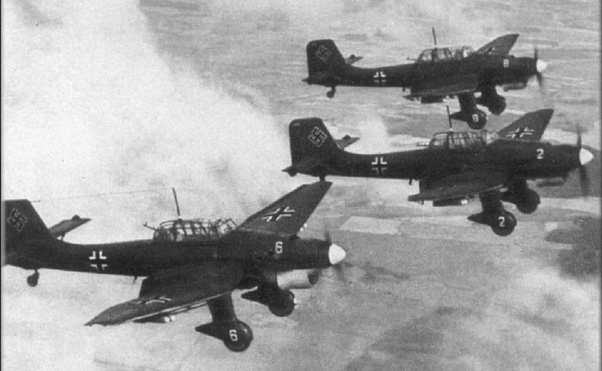
Well okay, the Stuka did come in strong, loud and dangerous. However it could not pace the fast battle. It wasn’t designed for the sort of fight that the British threw at it. And in a war if you fall behind you are out. The Battle of Britain did not wait for it. The Stuka never had any chance of a comeback.
The Stuka weighed almost four tons, and Britain was short of aluminium to make fighter aircraft.
Every Stuka that was shot down and crashed on British soil was extremely effective in filling Britain’s resource needs and feeding their hungry aircraft factories.
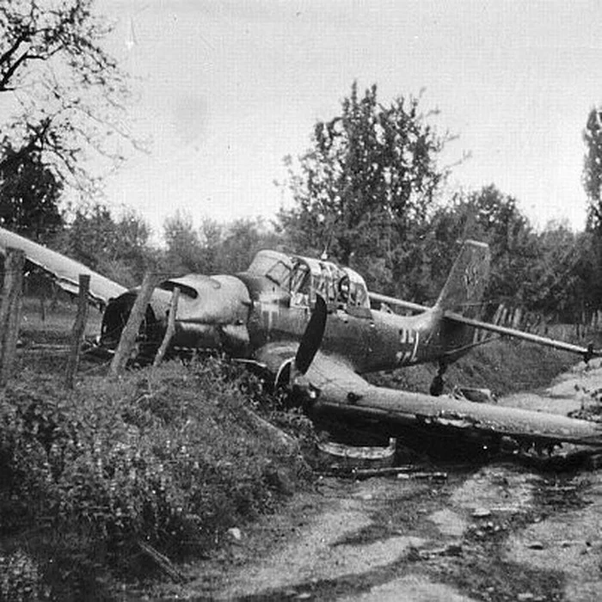
Junkers Ju-87 aluminium shipment
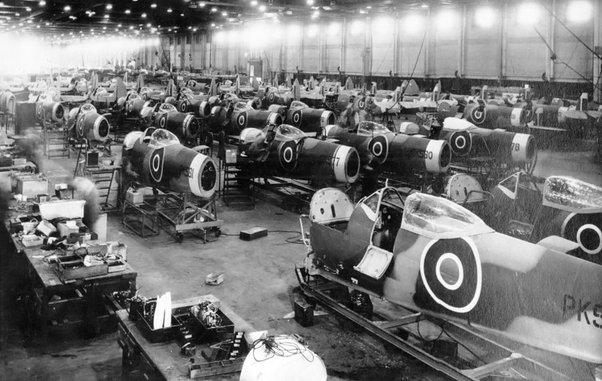
British aircraft factory


